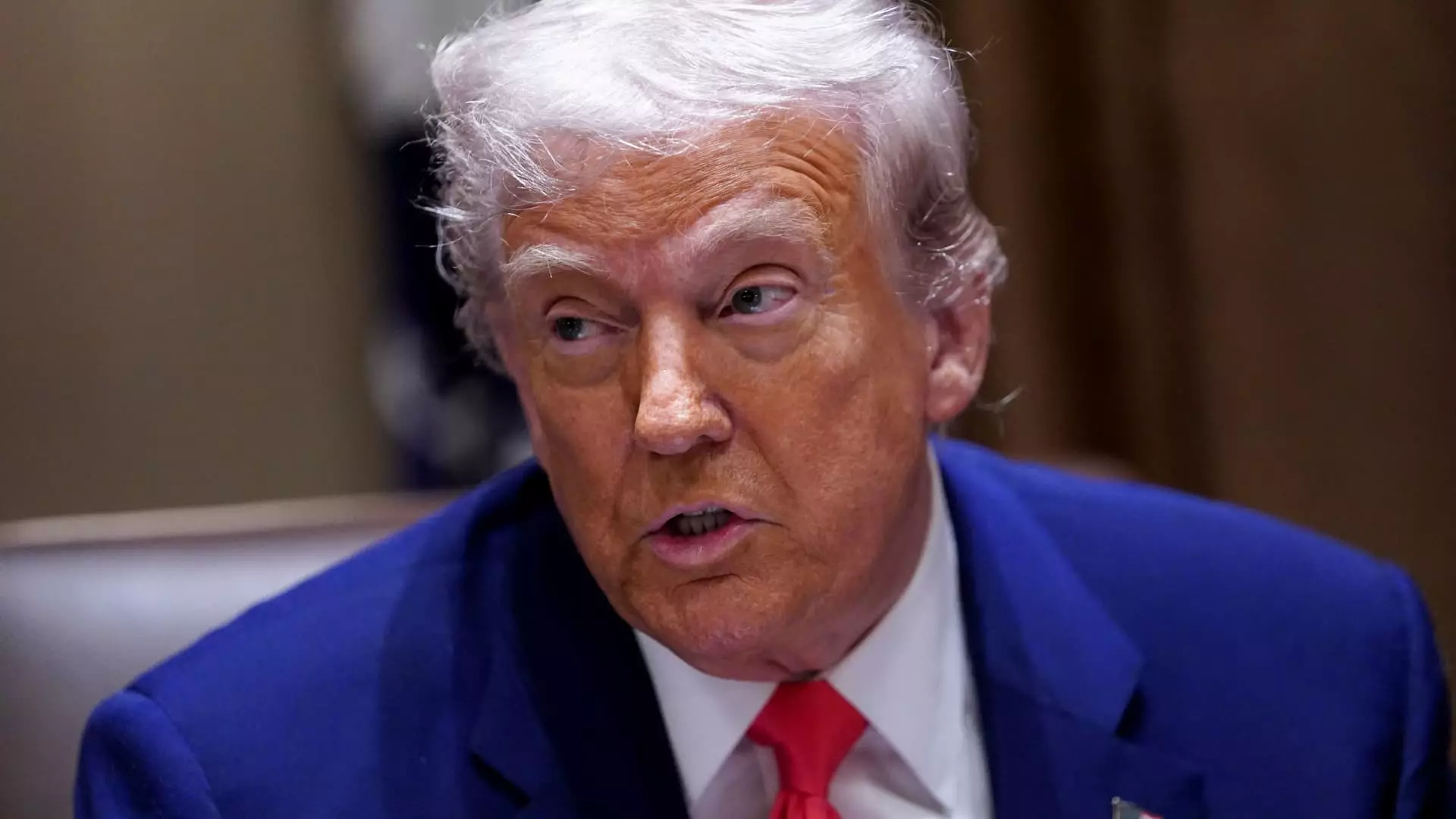The stark reality of President Trump’s recent decision to impose a 145% tariff on Chinese imports isn’t just a minor shift in economic policy—it’s a near-certain harbinger of chaos in U.S.-China trade relations. According to economist Erica York, such exorbitant tariffs effectively choke off most trade interactions between two of the world’s largest economies. While tariffs are often considered a tool for protecting domestic industries, the sheer scale of these proposed rates raises critical questions about the real cost to American consumers and businesses.
When tariffs exceed 100%, they obliterate the feasibility of trade. This isn’t merely conjecture; it is a sound economic principle. High tariffs culminate in exorbitant prices for goods that American consumers depend on. The notion that businesses could simply “foot the bill” for these increased costs is another example of naive policymaking that neglects the intricacies of supply chains and market dependence on foreign imports. To put it simply, the consequences of such tariffs extend far beyond the immediate financial blip—they can hurt the consumer, cripple industries reliant on imported goods, and ultimately lead to a diminished standard of living.
The Market Response: A Precursor to Trouble
The recent plunge in the stock market following Trump’s tariff hike announcement serves as a chilling reminder of the fragility of economic stability in the face of aggressive trade policies. Market analysts have pointed out that Trump’s decision to raise tariffs not only monitors existing trade dynamics but sends ripples of uncertainty throughout the financial landscape. The economic stability that was starting to materialize post-pandemic is now being threatened by these protectionist measures.
York’s comments reinforce this view—the “threat” isn’t merely a passing concern; it lingers like a dark cloud over businesses and investors. Speculation and fear can quickly turn into stark realities when businesses start re-evaluating their supply chains or consumers reconsider their spending habits. An economy thrives on trust and predictability, but Trump’s recent moves have introduced an era of uncertainty that could undercut that foundational trust.
Protectionism: A Path Backward
Trump has initiated the most protectionist policies the United States has seen since the 1940s, and this in itself is a cause for alarm. It may sound appealing to shield American jobs from international competition, but history teaches us that protectionism typically leads to isolationism and ultimately economic decline.
The Tax Foundation’s projection of a $171.6 billion leap in federal revenue due to these tariffs may sound appealing at first blush. However, what price are we really paying for this short-term gain? The notion that this could become the biggest tax increase since 1993 calls into question the overall economic strategy. Rather than fostering innovation and growth, this trend threatens to distance the U.S. from global markets, reducing the very dynamism that has historically fueled its economy.
The natural pushback from China, which has in turn escalated its own tariffs on American imports, showcases the dangers of retaliatory trade measures. The tit-for-tat nature of these tariffs could drag both nations into an unnecessary trade war—one that would ultimately harm the average American worker far more than it ever helps.
A Glimpse into the Future: Seeking Clarity Amid Chaos
Even with a temporary reduction in tariffs on unrelated imports, the aggressive posture towards China suggests that Trump isn’t finished with this economic chess game. The potential for extending the reduced tariff rates after 90 days raises fears of a protracted period of uncertainty, putting countless businesses in limbo as they wait for consequential decisions from an administration that appears either unwilling or unable to navigate a balanced trade approach.
In this fragile climate, where doubt hangs heavy in the air, the need for strategic, liberal-minded approaches to trade becomes paramount. Seeking collaboration over confrontation is the best way forward; cooperation rather than costly tariffs will provide a sustainable path to growth for both American and Chinese economies.
Trade shouldn’t be a battlefield; it should be a platform for mutual benefit and innovation. The stakes have never been higher, and the need for sound, liberal economic policies has never been more critical as we navigate these tumultuous times.

